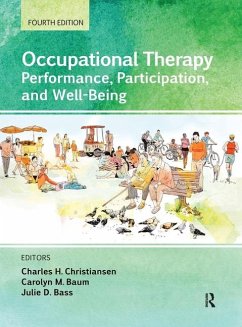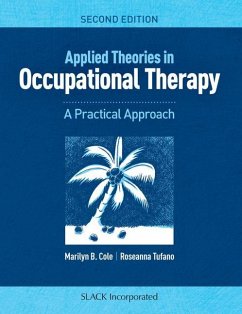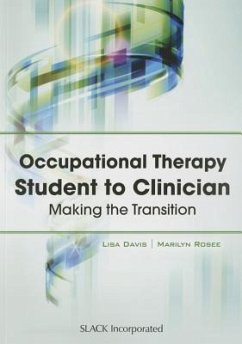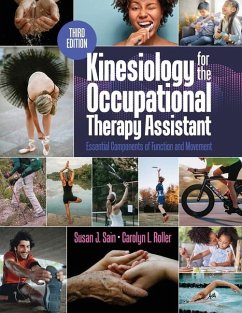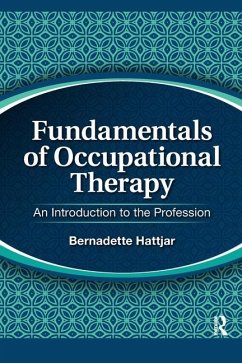Karen Sladyk, PhD, OTR, FAOTA is professor and founding chair of OT at Bay Path University in Longmeadow, Massachusetts. Karen received her bachelor's degree in OT from Eastern Michigan University and a master's degree in Community Health Education from Southern Connecticut State University. Her practice interests in mental health and cognitive rehabilitation led to her pursuit of a doctorate in Adult and Vocational Education at the University of Connecticut. An educator for 25 years, Karen is very interested in how students learn to become excellent practitioners. She has edited several OT texts with a focus on helping OT and OTA students master the content of OT education. In her free time she quilts, antiques for vintage jewelry, and travels to spend time with her nieces and nephews. Sally E . Ryan, COTA, ROH, Retired is a graduate of the first occupational therapy assistant (OTA) program at Duluth, Minnesota, in 1964. She has taken extensive coursework at the University of Minnesota as a James Wright Hunt Scholar, and at the College of St. Catherine, St. Paul. Her background includes experience in practice, clinical education supervision, management in long-term care, consultation, and teaching in the professional occupational therapy (OT) program at the College of St. Catherine. In the past, Sally has served in a variety of leadership positions at the local, state, and national levels, including the American Occupational Therapy Association (AOTA) Executive Board and on-site evaluator of the AOTA Accreditation Committee. Sally is the recipient of numerous state and national awards. She was the first COTA to receive the AOTA Award of Excellence and was among the first recipients of the AOTA Roster of Honor. Sally has retired and is enjoying interior decorating, photography, needlework, and gardening.









